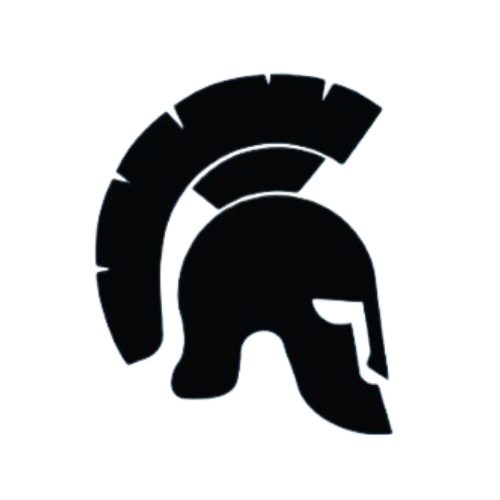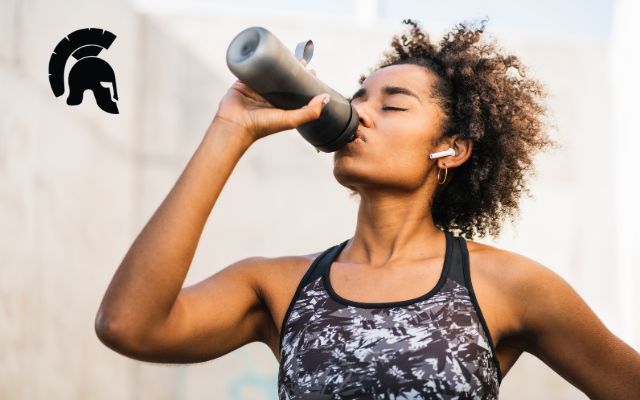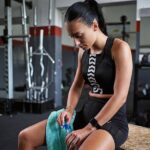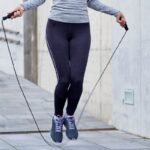You’re feeling the burn, the tension, the incredible fullness in your muscles. That sensation, that “pump,” is exhilarating. But how long does it last? Many of you are concerned about the duration of the workout pump and how to maximize it. This guide will dive deep into the science behind this phenomenon, exploring the factors that influence its duration, how to leverage it for better results, and the crucial role of your body’s unique response. We’ll address your worries about prolonging the pump and separate fact from fiction concerning its relationship to muscle growth. This comprehensive guide will help you understand the nuances of the workout pump and its relationship with your overall fitness journey.
What is the Workout Pump?
The workout pump refers to the tight, swollen feeling experienced in your muscles during and after intense exercise. This phenomenon arises from a combination of increased blood flow and fluid retention in the muscle tissues. As you train, your muscles demand more oxygen and nutrients, prompting your body to direct additional blood to the area, enhancing circulation.
Simultaneously, the movement of blood plasma into the muscle cells causes cellular swelling, which results in the characteristic sensation of tightness and fullness. This process also supports recovery, as the heightened blood flow delivers essential nutrients and removes waste products, aiding in muscle repair and growth.
What Gives You A Pump In Pre Workout?
The workout pump, that satisfying feeling of muscle fullness, isn’t just a result of training hard—your pre-workout supplement plays a key role in enhancing it. Let’s break down what gives you a pump in your pre-workout and how each ingredient contributes to this sought-after sensation.
- Nitric Oxide Boosters: Ingredients like L-citrulline and arginine are the heroes of pre-workout supplements when it comes to achieving a pump. They increase nitric oxide production, which expands your blood vessels. This vasodilation improves blood flow, delivering more oxygen and nutrients to your working muscles and amplifying the pump.
- Hydration and Cellular Swelling: Hydration is essential for achieving a great pump. Compounds like glycerol and electrolytes in pre-workout formulas help your muscles retain water, causing them to swell. This water retention not only enhances the pump but also supports endurance and performance during your workout.
- Creatine for Muscle Volume: Creatine works behind the scenes to support your pump by pulling water into your muscle cells. This increases muscle volume and contributes to the tight, full sensation you feel during exercise.
- Carbohydrates for Energy and Fullness: Some pre-workouts include carbohydrates to replenish glycogen stores. This not only provides energy for intense workouts but also enhances the pump by drawing water into your muscles as glycogen is stored.
- Stimulants to Power Intensity: While not directly causing a pump, stimulants like caffeine elevate workout intensity. Pushing yourself harder leads to increased blood flow to the muscles, indirectly improving your pump.
Duration of the Pump
Several factors determine the duration of your workout pump:
- Workout Intensity: High-intensity exercises typically extend the pump.
- Type of Exercise: Compound movements (e.g., squats, deadlifts) generate a stronger pump than isolation exercises.
- Volume: More sets and reps can result in a longer-lasting pump.
- Individual Variations: Factors like hydration, muscle mass, and blood pressure play key roles.
| Exercise Type | Typical Pump Duration | Key Influences |
|---|---|---|
| Upper Body (Arms) | 15-45 minutes | Intensity, proper form, hydration |
| Lower Body (Legs) | 30-60 minutes | Muscle mass, workout volume |
| Full Body | 25-50 minutes | Compound effects, exercise variety |
For most, the pump lasts anywhere from 15 minutes to an hour, with lower body pumps typically enduring longer due to the larger muscle groups involved.
How to Maximize the Pump?
Optimizing Your Workout Techniques
Your muscles thrive on challenges. Start by progressively increasing the weights, reps, or sets over time. This gradual overload ensures your muscles stay engaged and continue to grow stronger. For an extra edge, incorporate advanced strategies like supersets (performing two exercises back-to-back without rest), drop sets (reducing the weight after reaching fatigue), or isometric holds (holding a specific position under tension). These methods push more blood into your muscles, creating that full, tight pump. Proper form isn’t optional—it’s essential. Focus on activating the right muscles during every move to get the most from your efforts.
Dialing in Your Nutrition and Hydration
What you eat fuels your performance. Before your workout, opt for a meal rich in carbohydrates to replenish glycogen, your body’s primary energy reserve for intense training. Don’t underestimate the power of hydration, either. Consistently drink water throughout the day, and add electrolytes when needed to maintain your body’s fluid balance. Hydrated muscles are more responsive, perform better, and feel fuller during your workout.
Prioritizing Recovery Practices
Recovery is where the magic happens. Between sets, keep your rest intervals just long enough to catch your breath without letting your muscles fully cool down. This helps maintain blood flow and keeps the pump alive. Outside the gym, quality sleep is your best friend. It’s during rest that your muscles repair, grow stronger, and prepare for your next session.
With these strategies, you’ll not only enhance the duration and intensity of your pump but also set yourself up for long-term progress. Every rep, meal, and rest period matters—stay consistent, and you’ll see the results.
The Physiology of the Pump
Is it Just a Feeling?
No, the pump is more than just a feeling. Physiological mechanisms are responsible for the pump experience. Intense exercise causes an increased blood flow to the targeted muscles. This heightened blood flow brings more nutrients and oxygen to support muscle function. Fluid retention in the muscle tissue also contributes to the fullness and swelling sensation. These physiological changes are what underlie the appearance of the pump.
The Role of Supplements (e.g., Creatine)
Creatine and other supplements can influence the pump. Creatine, for example, draws water into muscle cells, promoting the appearance of a greater pump. However, it’s crucial to consider that supplements are tools, not shortcuts. Using them appropriately alongside a well-rounded training plan, diet, and recovery strategy is essential.
Interpreting the Pump Duration
A longer pump doesn’t necessarily translate to faster or more significant muscle growth. The pump is a sign of heightened blood flow and fluid accumulation, not direct muscle protein synthesis. Focus on progressive overload, consistent training, proper nutrition, and adequate recovery for actual muscle growth.
The pump and delayed-onset muscle soreness (DOMS) are distinct experiences. The pump is the feeling of fullness, while DOMS is the pain and stiffness you feel after exercise. Addressing DOMS often involves strategic recovery, but this doesn’t necessarily detract from the pump.
Addressing Common Concerns
How to Prolong the Feeling of the Pump?
Maximize intensity, volume, and proper exercise form. Focus on progressive overload, utilizing supersets and/or drop sets to maximize muscle activation. Ensure adequate pre-workout nutrition, especially regarding glycogen replenishment, and optimal hydration throughout your workout and afterward. Ensure sufficient recovery time.
What Does a Long-Lasting Pump Indicate?
A prolonged pump may suggest an effective workout that’s challenging your muscles. It doesn’t, however, guarantee significant muscle growth.
Your workout pump is a fascinating physiological response to exercise. Understanding its duration and factors influencing it is essential to optimizing your training and achieving your fitness goals. Focus on a holistic approach that includes proper form, progressive overload, sufficient nutrition, adequate recovery, and a well-rounded exercise program, rather than solely seeking a prolonged pump sensation. Pay attention to your body, and listen to its signals during and after your workouts. Consistent and attentive training will guide you toward your fitness aspirations.








